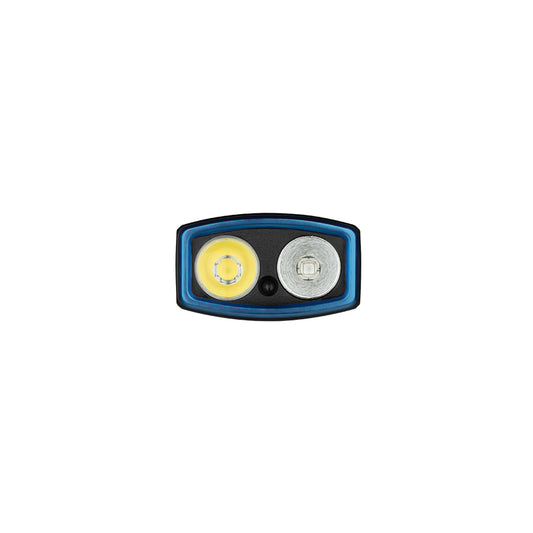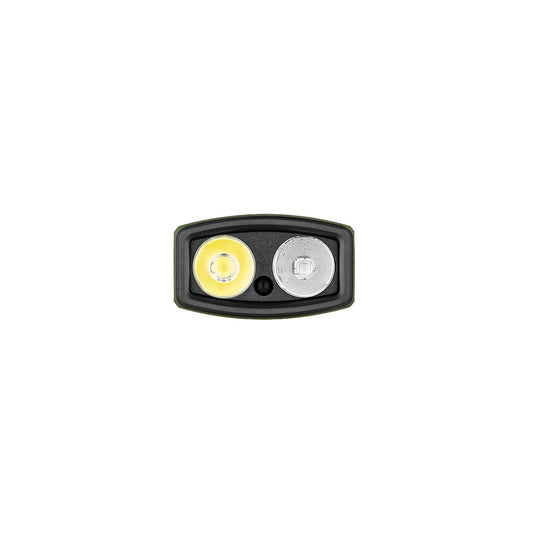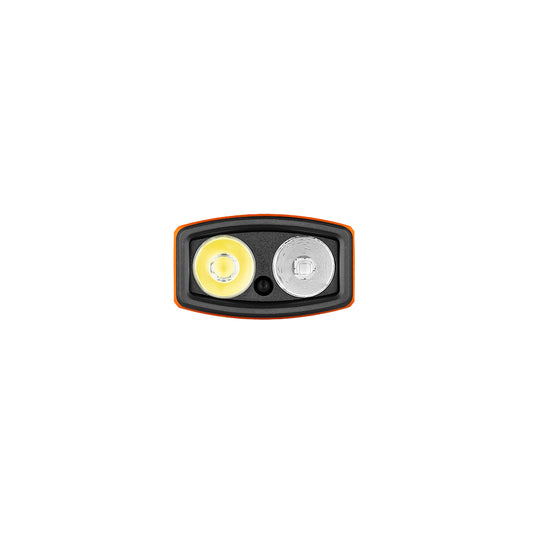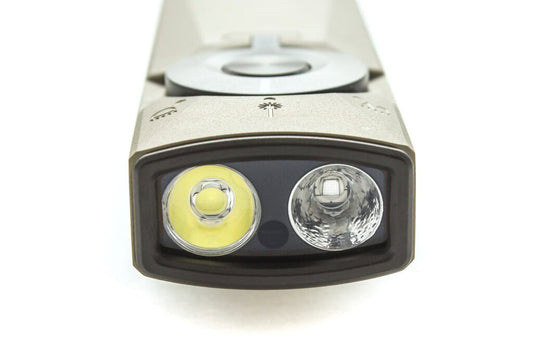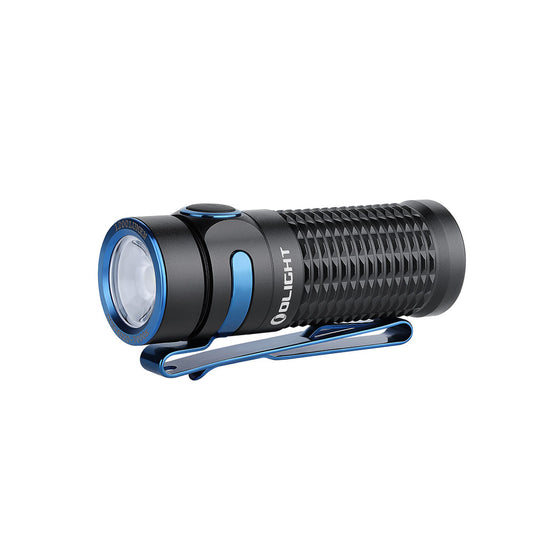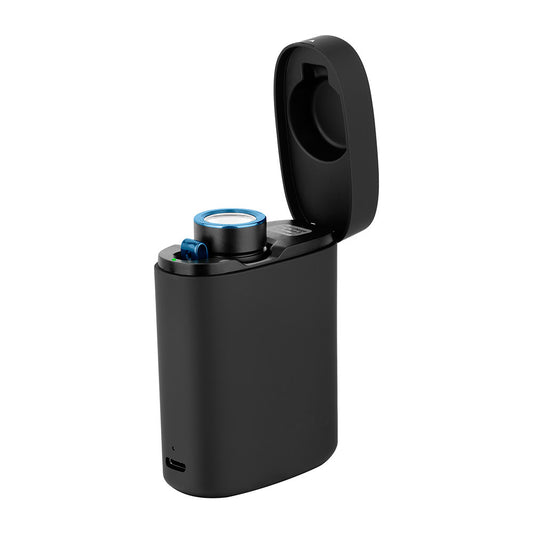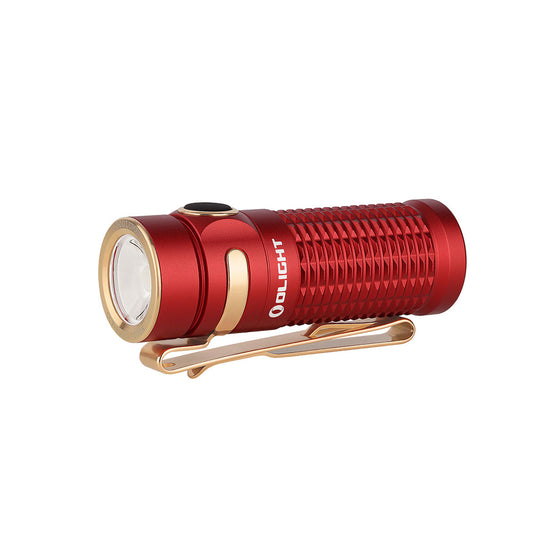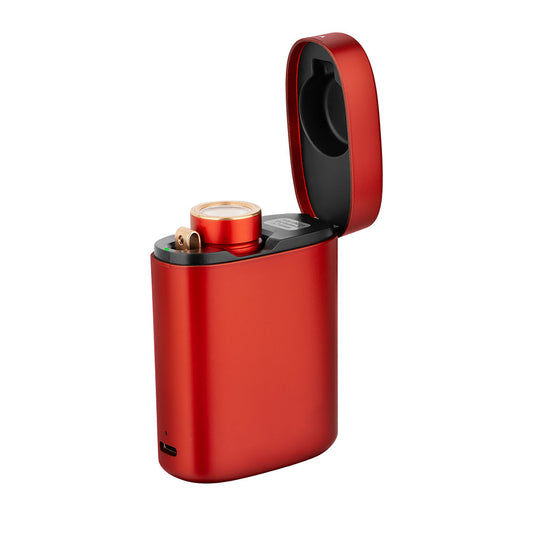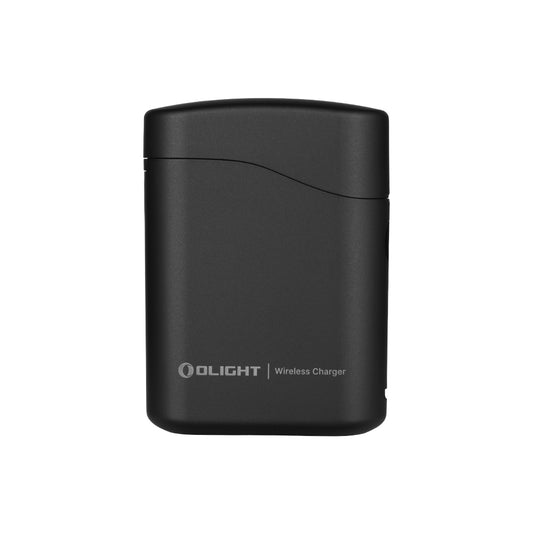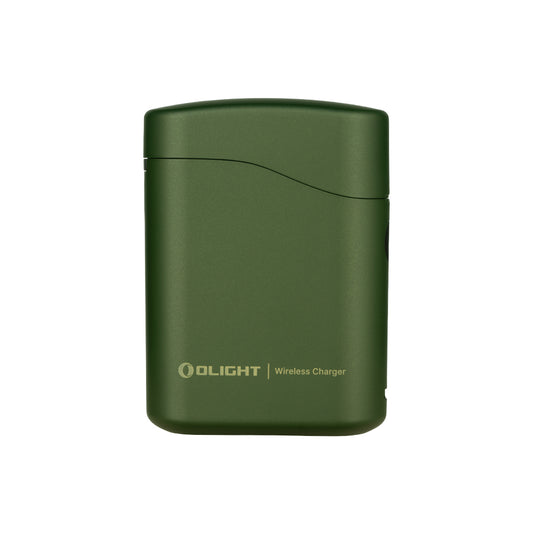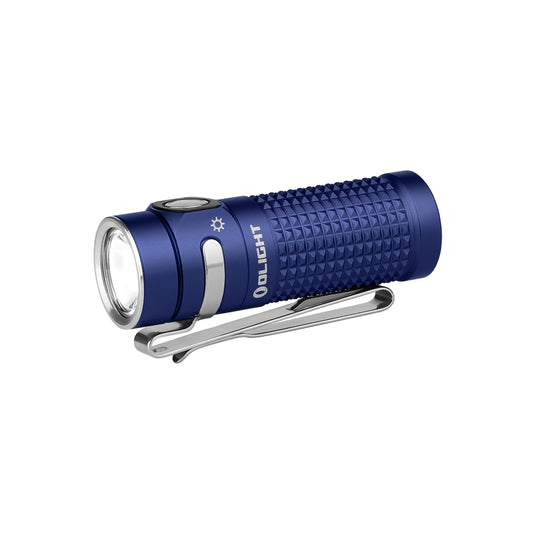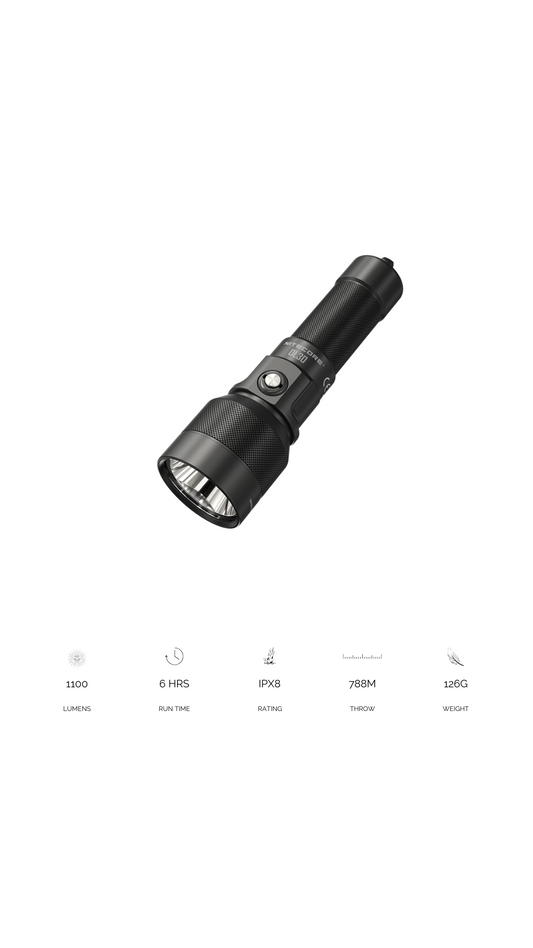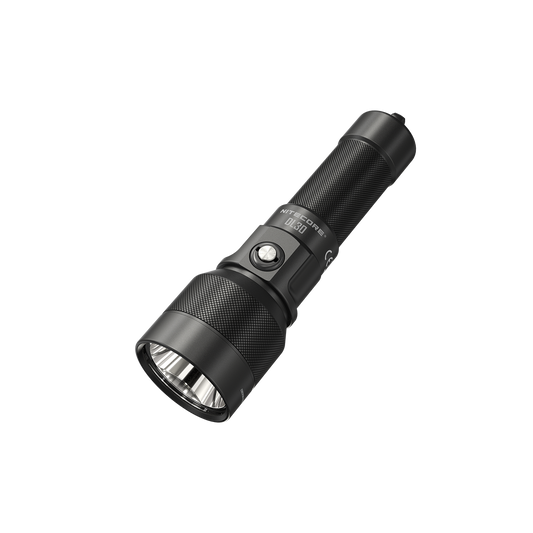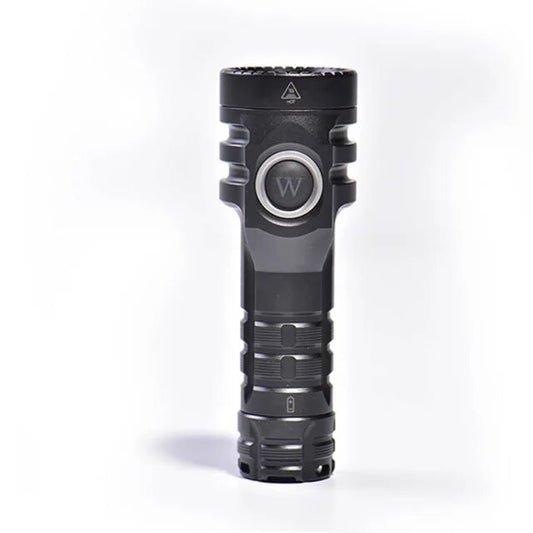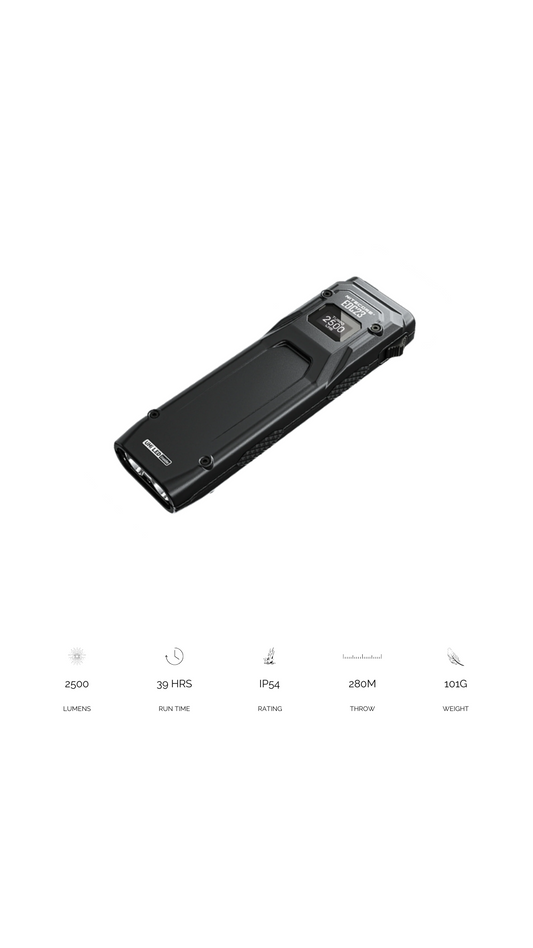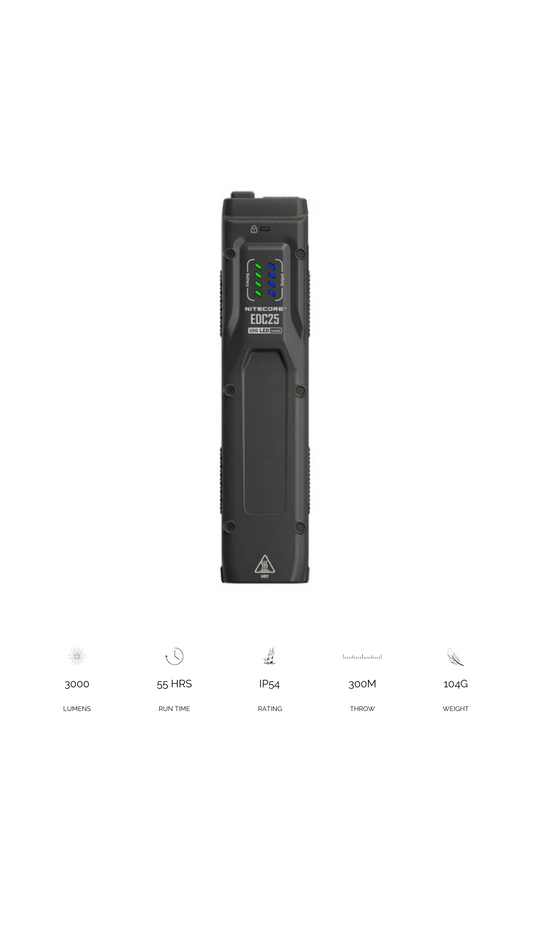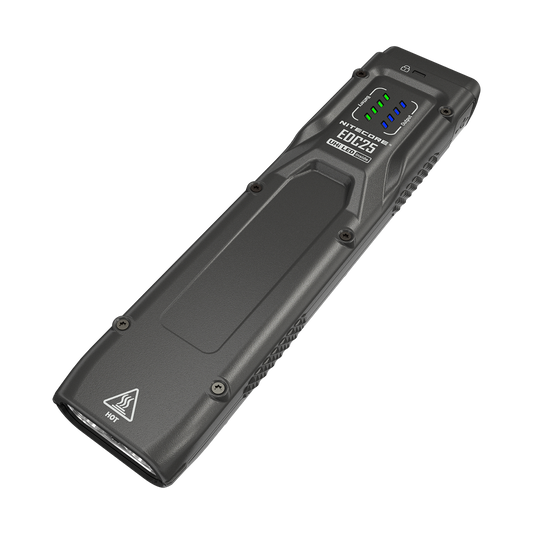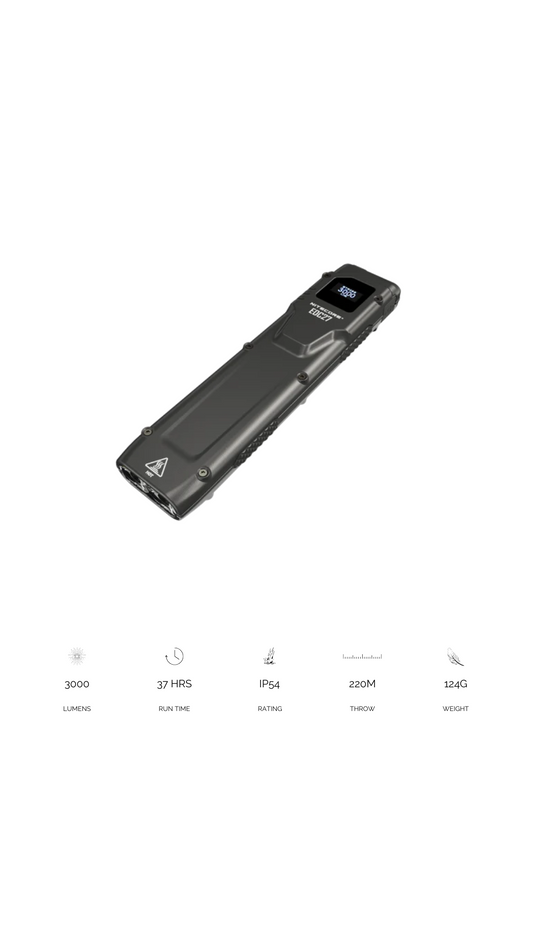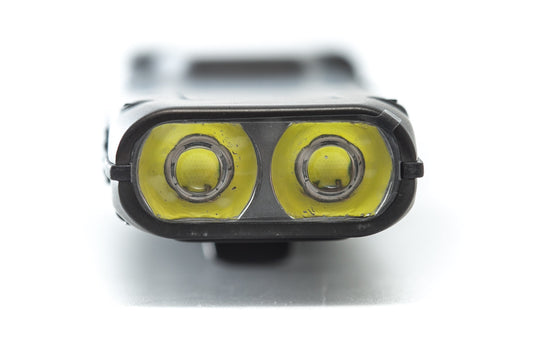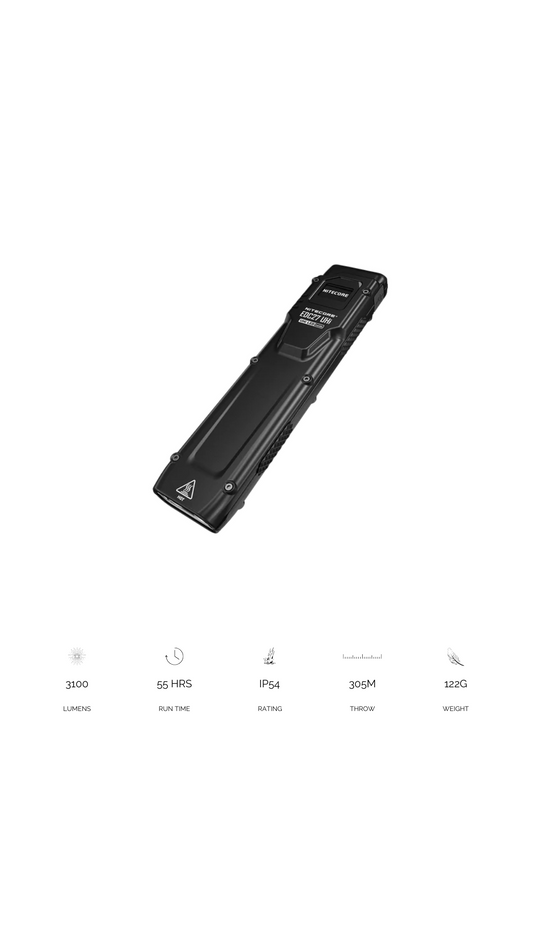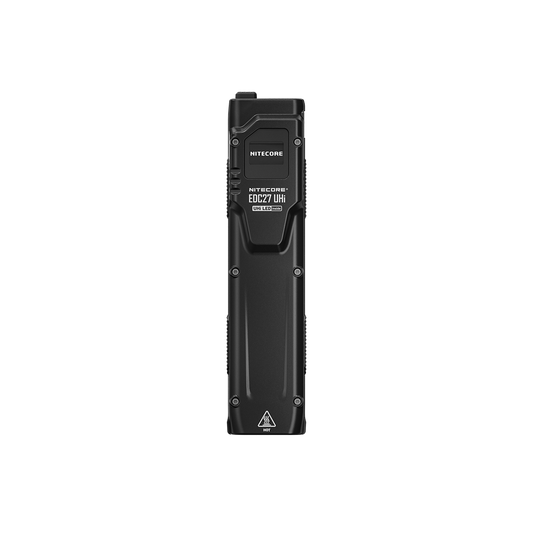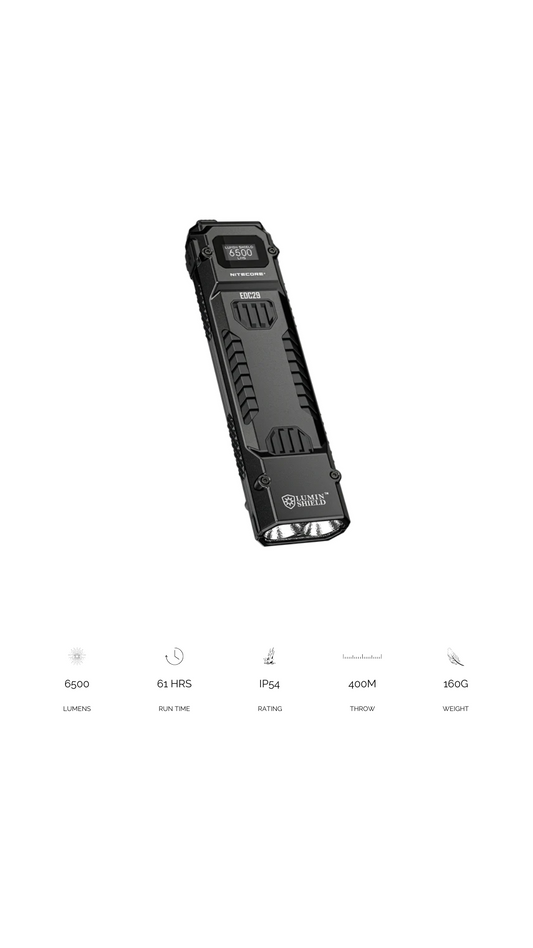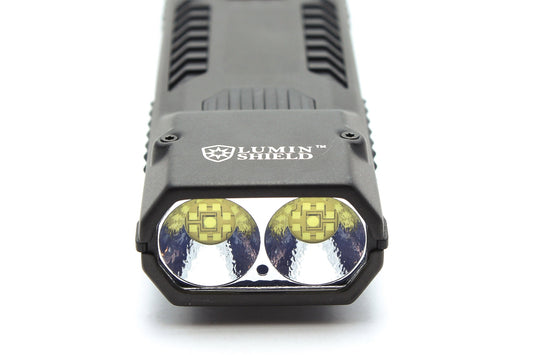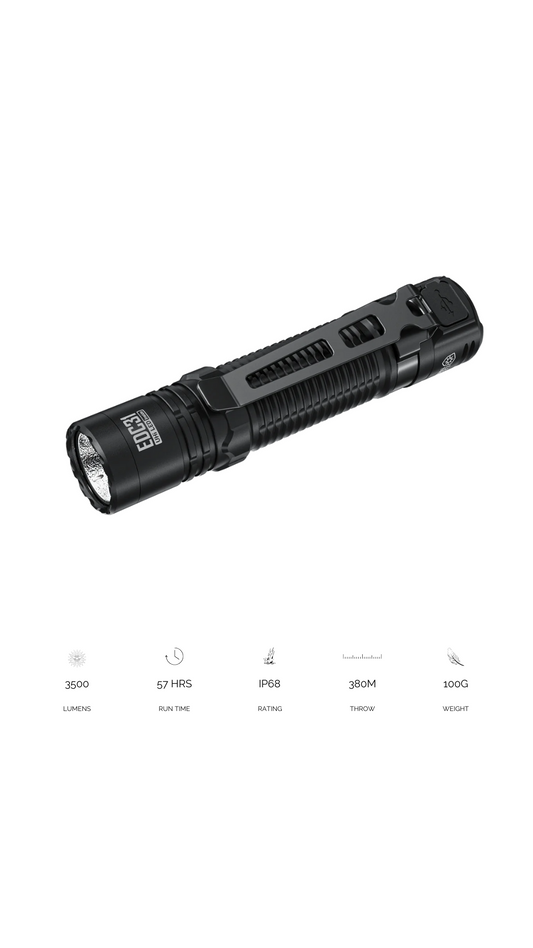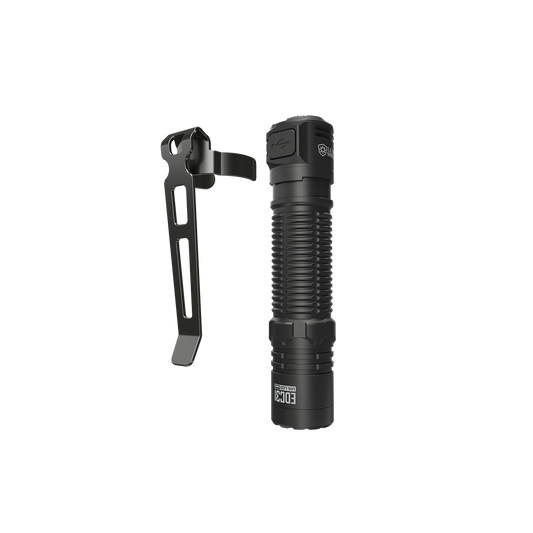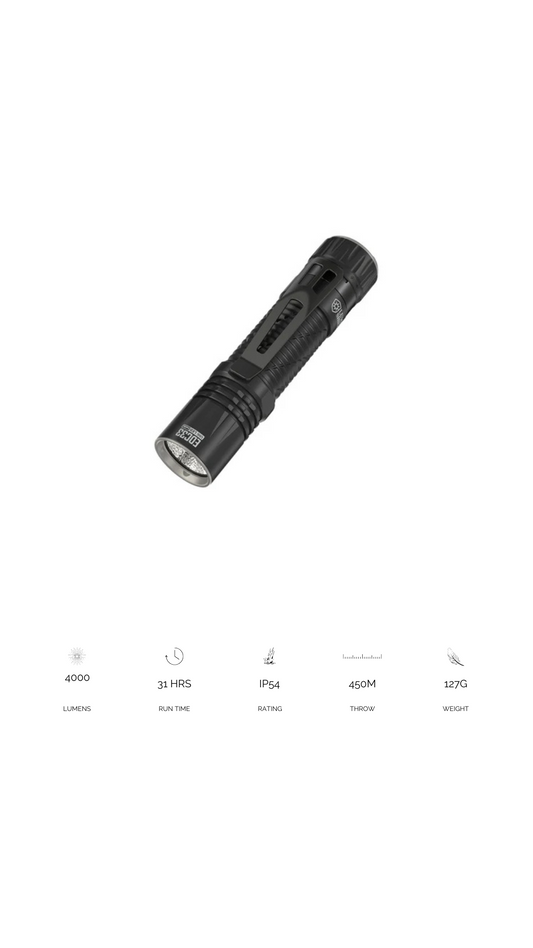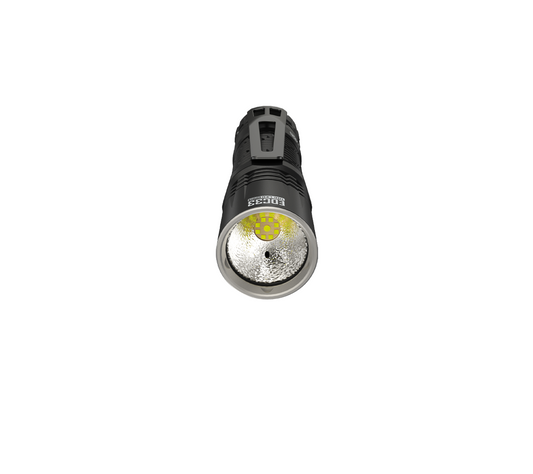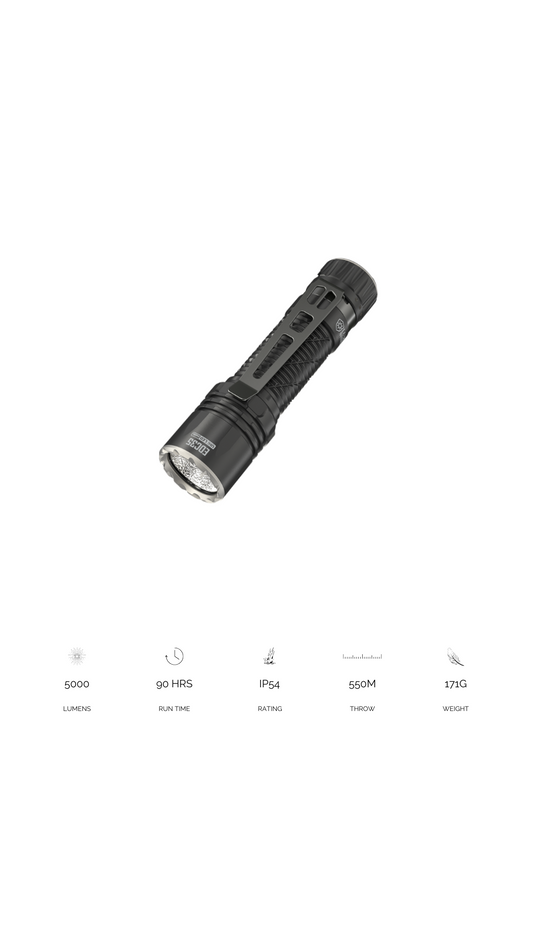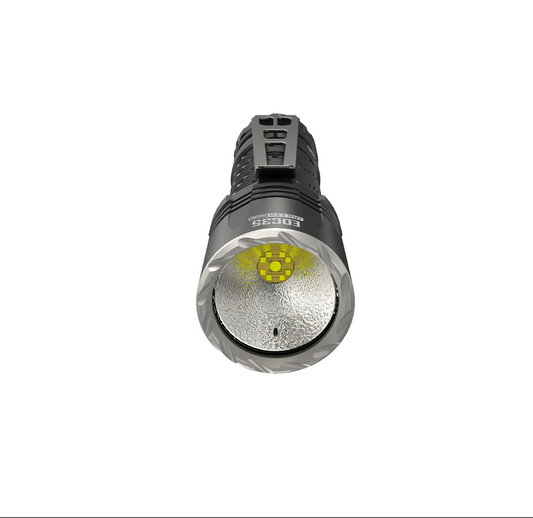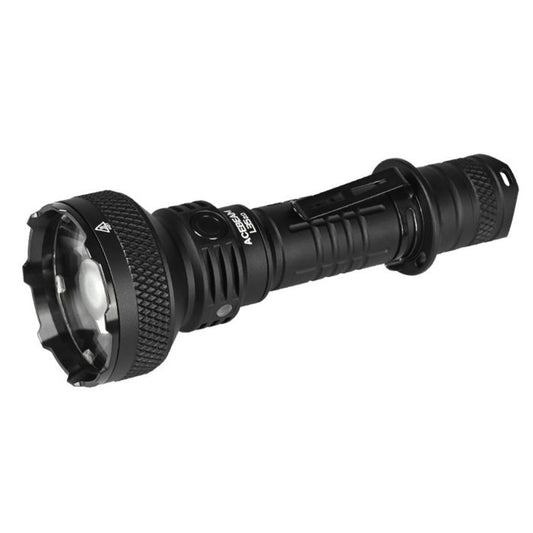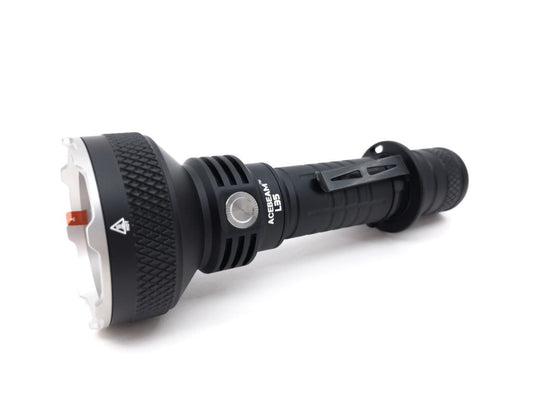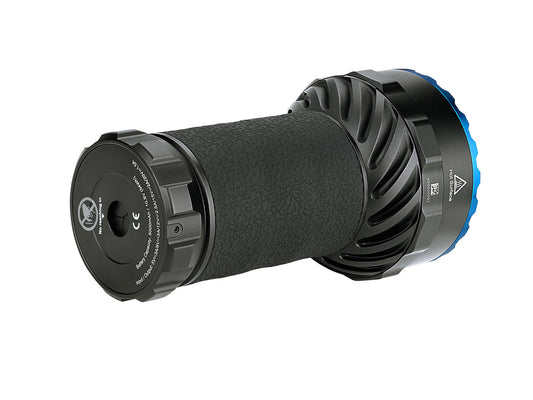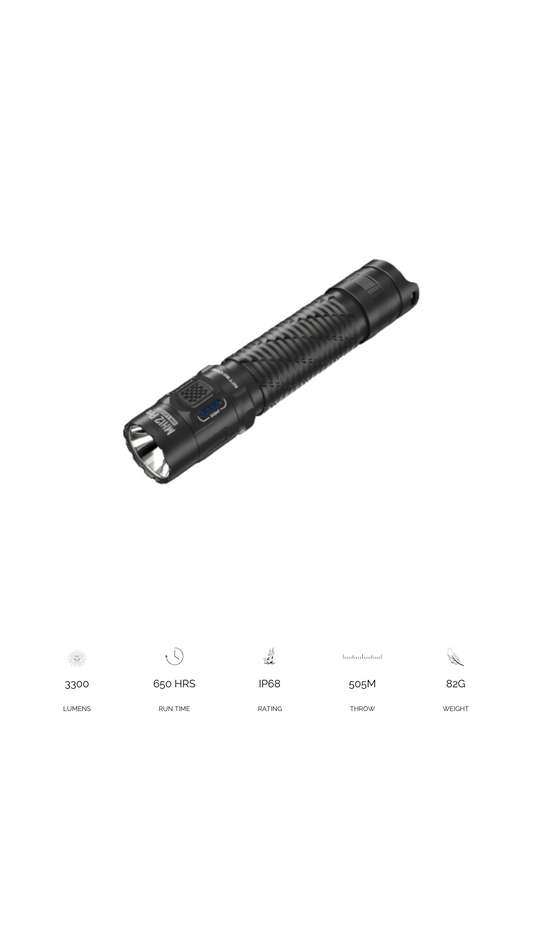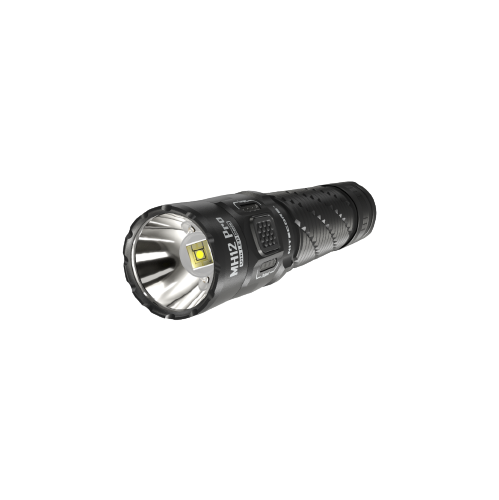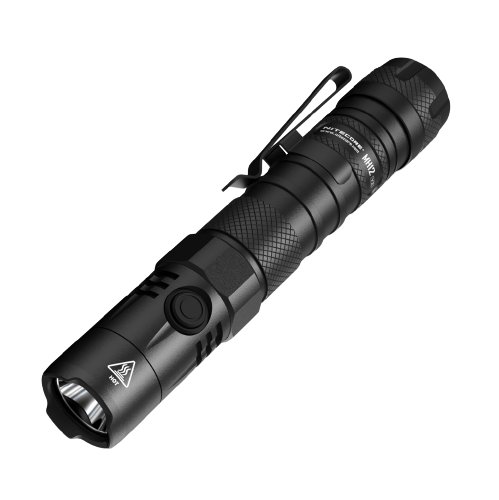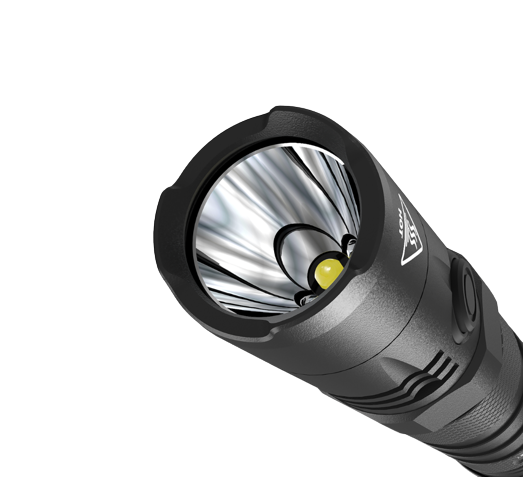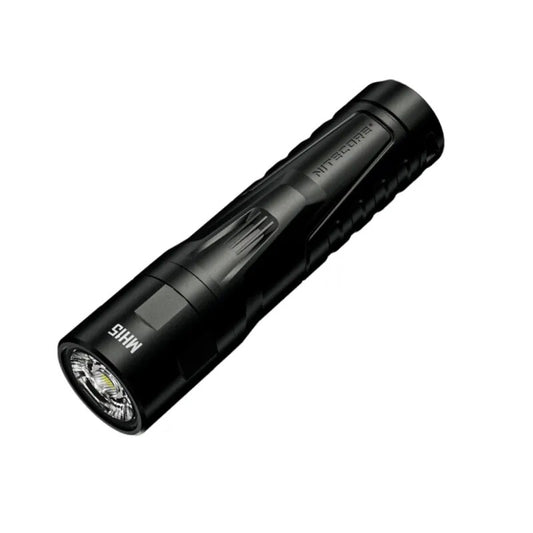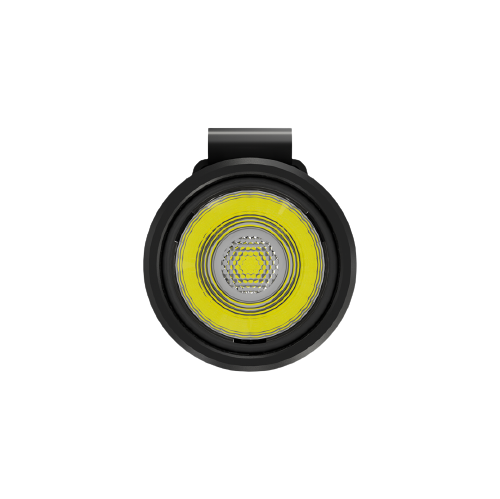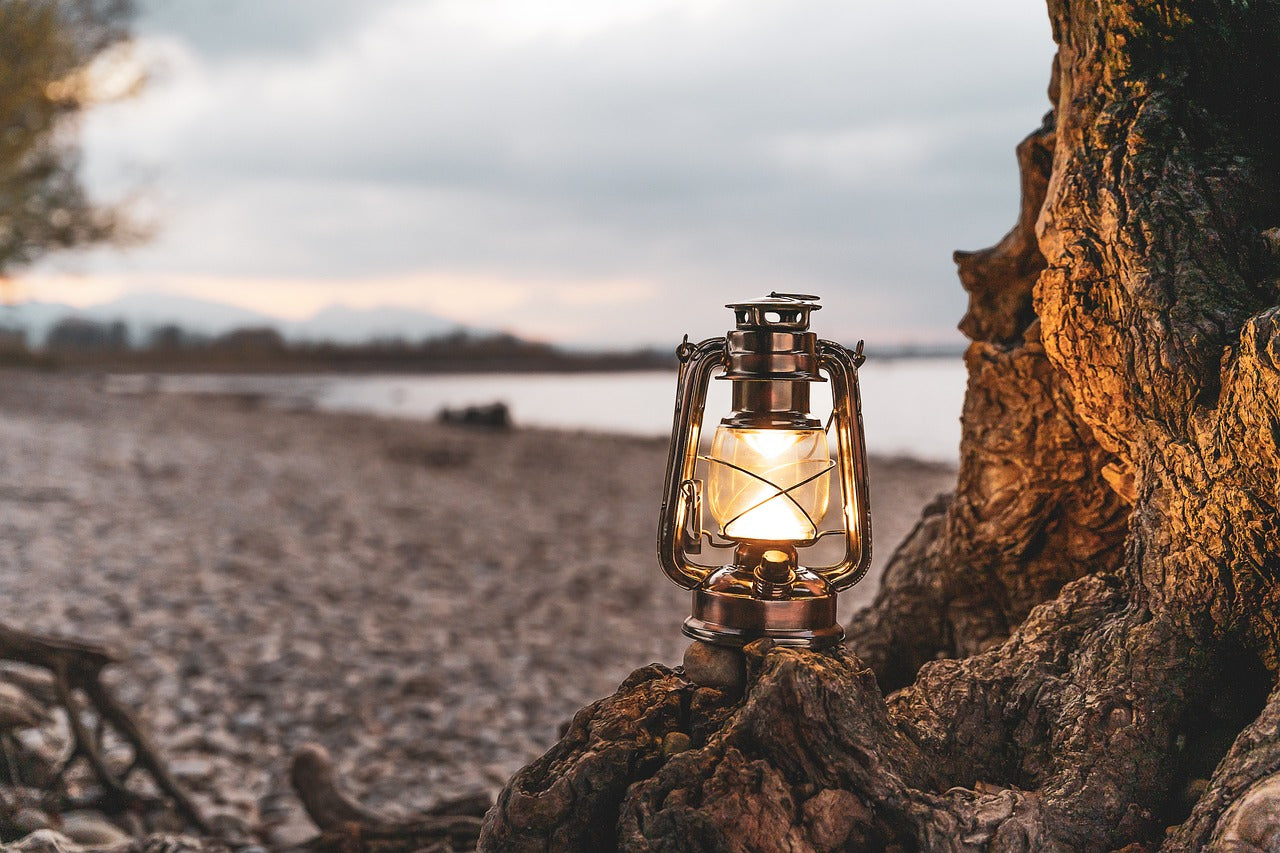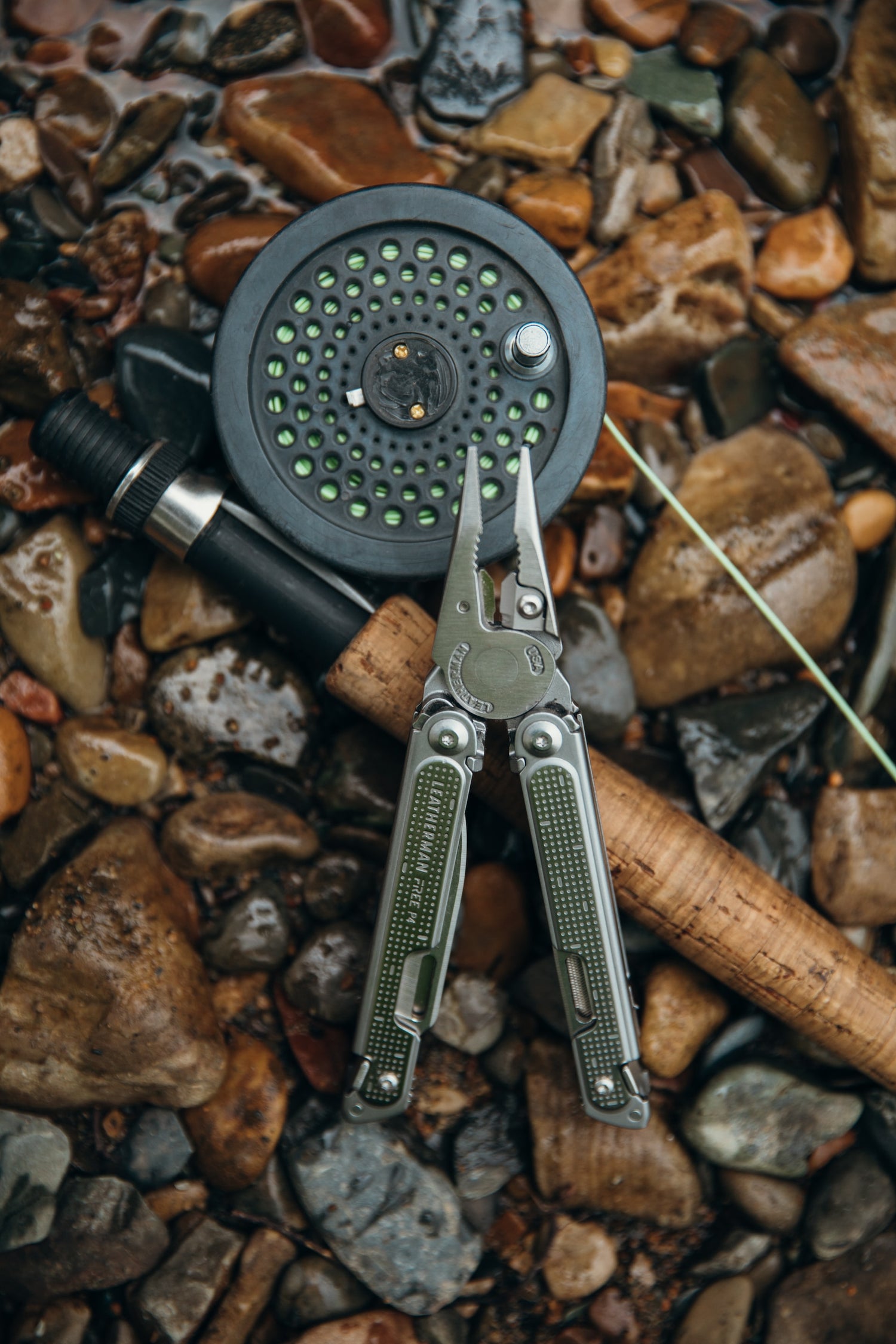
Guide to Survival Gear for Urban EDC: Navigating Crisis in the Concrete Jungle
Urban environments are bustling hubs of modern civilization, offering unparalleled convenience, job opportunities, and access to a wide array of amenities. However, they are not impervious to unexpected crises and disasters. From natural calamities such as earthquakes, floods, and hurricanes to human-made incidents like power outages, civil unrest, and terrorist attacks, urban areas can swiftly transform into high-stress, high-risk environments. In this quick guide, we delve into the importance of Urban Everyday Carry (EDC) kits and elaborate on the core essentials, emergency communication tools, first aid, and medical supplies, food and water provisions, self-defense mechanisms, shelter and warmth solutions, miscellaneous items, and regular maintenance practices that can make the difference between life and death during urban emergencies.
Chapter 1: Urban EDC: Why It Matters
In the face of these urban crises, having an Urban EDC kit becomes a critical component of survival. The essence of Urban EDC lies in its ability to provide you with the tools and supplies essential for effectively navigating challenging situations. Whether you are at home, at work, or on the move, having crucial items readily accessible can make a world of difference when seconds count.
Furthermore, Urban EDC promotes self-reliance and reduces the strain on emergency services. In a major disaster, first responders may be stretched thin, and resources may be limited. Your preparedness not only safeguards your well-being but also contributes to community resilience. It's a responsible and proactive approach to urban living.
Urban dwellers often face unique challenges during emergencies. The dense population, reliance on modern infrastructure, and limited access to natural resources can make survival more complex. Unlike rural or wilderness scenarios, where survivalists can tap into natural resources for sustenance and shelter, urban environments demand a different set of skills and tools.
A well-prepared Urban EDC kit equips you to handle various scenarios, from power outages and transportation disruptions to civil unrest and medical emergencies. It is a comprehensive strategy that takes into account the specific challenges urban environments present.
As you embark on your journey to build an Urban EDC kit, remember that preparedness is not about fear; it's about empowerment. Being ready for the unexpected instills a sense of confidence and peace of mind. You become a capable and responsible urban citizen, not just for your sake but for the benefit of your family and community.
Chapter 2: The Core Essentials
EDC Bag:
Your EDC bag serves as the foundation of your preparedness. Selecting an appropriate bag tailored to your lifestyle and environment is crucial. Factors such as size, durability, and organization should be considered. A well-designed EDC bag features multiple compartments, pockets, and attachment points for customization. A tactical backpack with MOLLE webbing, for example, allows you to attach additional pouches and accessories to meet specific needs.
When choosing your EDC bag, think about its intended use. Will you primarily use it for commuting, or do you want it to serve as a 72-hour emergency kit? The bag's size and capacity should align with your goals. It should be large enough to carry essential items but not so bulky that it becomes unwieldy in crowded urban environments.
Consider the durability of the bag. Urban environments can be tough on gear due to the constant wear and tear of daily life. Look for bags made from high-quality materials, reinforced stitching, and robust zippers. The last thing you want is for your bag to fail when you need it most.
Organization is key. An EDC bag with multiple compartments and pockets helps you keep your gear sorted and easily accessible. You don't want to waste precious seconds digging through a cluttered bag during an emergency. Think about how you'll organize your gear and choose a bag that supports your system.
Multi-tool:
The multi-tool is the Swiss Army knife of your Urban EDC kit, boasting versatility as its primary strength. In addition to its basic functions, it may include features such as scissors, wire cutters, saws, and can openers. When choosing a multi-tool, prioritize those that combine a wide range of tools while remaining compact and lightweight. Materials like stainless steel ensure durability and resistance to corrosion.
A multi-tool is your all-in-one solution for various everyday and emergency tasks. It can help you open packages, fix a broken item, cut through cords or ropes, and even assist in basic first aid. Some models even include small LED flashlights or fire starters, adding to their utility.
When selecting a multi-tool, think about your specific needs. If you're an urban cyclist, tools for bike maintenance might be essential. For others, a tool with a built-in ruler or file could come in handy. Look for a model that suits your lifestyle and potential emergency scenarios.
Flashlight:
The flashlight becomes your guiding light in times of darkness. When selecting a flashlight for your Urban EDC, factors like brightness, battery life, and durability come into play. LED flashlights are favored for their energy efficiency and luminosity. Seek models with multiple brightness levels and modes (e.g., strobe or SOS). Some flashlights offer zoomable or adjustable beams for added versatility.
Flashlights are indispensable tools for urban survival. They provide illumination in power outages, help you navigate darkened streets, and signal for help if needed. In addition, a bright flashlight can temporarily disorient potential threats, offering you a tactical advantage in self-defense situations.
Consider the type of batteries your flashlight uses. Many EDC flashlights are designed to work with common battery sizes like AA or AAA, which are readily available. However, some models come with rechargeable batteries, reducing the long-term cost and environmental impact.
Fire Starter:
Fire serves a multitude of critical purposes during emergencies, from providing warmth and a source of light to enabling food preparation. In urban settings, traditional firewood may be scarce, making compact fire starters or waterproof matches essential.
When it comes to fire-starting tools, reliability is paramount. You need a tool that can ignite even in adverse conditions. Ferrocerium rods, often called "ferro rods" or "fire steel," are excellent choices. They produce hot sparks when scraped with a metal striker, making them highly effective for starting fires.
Waterproof matches are another reliable option. These matches have a waterproof coating on the match head, allowing them to ignite even when wet. Some come in waterproof containers for added protection.
Additionally, consider including fire-starting aids like cotton balls soaked in petroleum jelly or a small container of fire-starter paste. These items can help you get a fire going even in challenging situations.
Chapter 3: Emergency Communication
Portable Charger:
In today's digitally connected world, a functional smartphone can be your lifeline during emergencies. Unfortunately, smartphone batteries can deplete rapidly, especially when using GPS, making calls, or accessing emergency apps. To ensure your device remains powered, a portable charger or power bank is a crucial addition to your kit.
When selecting a portable charger, consider its capacity, measured in milliampere-hours (mAh). Higher capacity chargers can recharge your smartphone multiple times. Look for models that support fast charging, which can rapidly replenish your device's battery when time is of the essence.
USB-C and micro-USB ports are common connectors for portable chargers. Ensure that the charger you choose is compatible with your devices. Some chargers also include built-in solar panels, allowing you to harness sunlight to recharge your gadgets, making them ideal for extended power outages.
Emergency Radio:

Staying informed is paramount in urban emergencies. Emergency radios are designed to receive broadcasts even when regular communication channels are disrupted. These radios come in hand-crank or solar-powered variants, guaranteeing access to information irrespective of electricity availability.
When selecting an emergency radio, opt for one that offers multiple power sources. Hand-cranked radios can be charged by manually turning a handle, while solar-powered radios harness sunlight to recharge. Battery-powered radios are also common but may require a stockpile of batteries.
Look for radios that offer both AM and FM bands, as well as NOAA weather channels. The ability to receive weather alerts is crucial for staying informed about approaching storms or other natural disasters.
Some emergency radios come with additional features, such as built-in flashlights, USB charging ports, and the ability to charge your mobile devices. These extras can further enhance your emergency preparedness.
Chapter 4: First Aid and Medical Supplies
Compact First Aid Kit:
Access to medical facilities in urban settings can become limited during emergencies due to heavy demand or infrastructure damage. A compact first aid kit should encompass essentials such as adhesive bandages, gauze, antiseptic wipes, tweezers, scissors, adhesive tape, pain relievers, and any necessary prescription medications.
Your first aid kit should be tailored to your specific needs and any potential health concerns. If you have allergies or chronic conditions, include relevant medications and medical supplies. Consider the size of your kit, as it should fit comfortably within your EDC bag.
In addition to basic first aid items, think about including items like a CPR face shield, instant cold packs, and a basic first aid manual. These can be invaluable in providing effective care during emergencies.
N95 Masks:
Urban areas are susceptible to air quality deterioration during crises, stemming from pollution, dust, or smoke. N95 masks, certified by the National Institute for Occupational Safety and Health (NIOSH), filter out at least 95% of airborne particles, including those as small as 0.3 microns, ensuring your respiratory health.
When it comes to respiratory protection, not all masks are created equal. N95 masks offer a high level of filtration and a secure fit, making them effective at blocking harmful particles. Ensure that the masks you include in your kit are certified by NIOSH, as this guarantees their quality and effectiveness.
Consider including multiple N95 masks in your kit, as they may need to be replaced if used for extended periods or become soiled. Fit-testing the mask to ensure it provides a proper seal is also crucial for effective protection.
Chapter 5: Food and Water
Water Filter:
Access to clean drinking water is non-negotiable for survival. In urban settings, water sources may become contaminated or inaccessible during emergencies. A portable water filter or purification tablets are invaluable tools, enabling you to convert questionable water sources into safe drinking water.
When selecting a water filter, consider the filtration method it uses. Some filters employ mechanical filtration, which physically removes contaminants, while others use chemical processes to kill or deactivate harmful microorganisms. Combination filters that use both methods offer comprehensive water purification.
The filter's capacity and flow rate are also important factors. A larger capacity means you can filter more water before needing to replace the filter element. Flow rate determines how quickly you can obtain clean water. In urban emergencies, a filter with a fast flow rate can be advantageous.
Energy Bars:
During emergencies, regular meals may become scarce. Energy bars, also known as meal replacement bars or survival bars, are densely packed with calories and essential nutrients. They offer a quick and convenient source of sustenance, ensuring you remain energized and nourished.
Energy bars come in various flavors and formulations, catering to different dietary preferences and restrictions. Some are designed to provide balanced nutrition, while others prioritize high-calorie content for maximum energy. Include a variety of energy bars in your kit to suit your taste and nutritional needs.
Pay attention to the shelf life of the bars you choose. Some energy bars have long shelf lives, making them suitable for long-term storage in your EDC kit. Periodically check and replace any bars that have reached their expiration date to ensure their quality and nutritional value.
Chapter 6: Self-defense
Personal Alarm:
Personal safety takes precedence, particularly in densely populated urban environments where crises can attract unwanted attention. A personal alarm emits a loud, attention-grabbing sound when activated, serving as both a deterrent to potential threats and a signal for assistance.
Personal alarms come in various forms, from small keychain devices to wearable options that can be attached to clothing or bags. Look for alarms with a sound level of at least 120 decibels for maximum effectiveness. Some alarms also include additional features like built-in flashlights or LED strobe lights for added visibility and safety.
Keep in mind that personal alarms should be easily accessible in your EDC kit. You may want to attach one to a keychain or the exterior of your bag for quick activation in case of an emergency.
Pepper Spray:
While prioritizing de-escalation and avoidance, having a non-lethal self-defense tool like pepper spray provides an additional layer of security. Pepper spray temporarily incapacitates an attacker by inducing intense irritation in the eyes, nose, and throat.
When choosing pepper spray for your EDC kit, consider factors such as spray range and capacity. Some models offer a range of several feet, allowing you to maintain a safe distance from an assailant. Look for pepper spray that is easy to deploy quickly, with a secure safety mechanism to prevent accidental discharge.
Check local laws and regulations regarding the possession and use of pepper spray, as they can vary by jurisdiction. It's important to understand when and how you can legally use it for self-defense.
Chapter 7: Shelter and Warmth
Emergency Blanket:
Maintaining core body temperature is critical for survival, especially in adverse weather conditions. Emergency blankets, also known as space blankets or Mylar blankets are lightweight, compact, and designed to reflect and retain body heat.
Emergency blankets are highly effective at preventing heat loss in cold environments. They work by reflecting your body's heat toward you, creating a thermal barrier. Additionally, they are windproof and waterproof, providing protection from the elements.
Include multiple emergency blankets in your kit, as they can be used for various purposes. Besides retaining body heat, they can serve as ground cover, makeshift shelters, or signaling devices due to their reflective surface.
Tarp or Rain Poncho:
Staying dry is essential to prevent hypothermia and maintain comfort during adverse weather. A tarp or rain poncho can serve as a makeshift shelter, shielding you from rain, wind, or snow when caught outdoors during sudden weather changes.
When selecting a tarp or poncho, consider its size and material. A larger tarp provides more coverage and versatility for shelter-building. Look for tarps made from durable materials like ripstop nylon, which can withstand wear and tear.
Some tarps come with grommets or attachment points that make setup easier. Ponchos often have hoods and sleeves, allowing you to stay dry while remaining mobile. Include cordage or paracord in your kit to help secure and rig your tarp or poncho for shelter.
Chapter 8: Miscellaneous
Cash:
In the age of digital transactions, the importance of physical cash can be overlooked. However, during emergencies, ATMs and card readers may become inoperative due to power outages or system failures. Including some cash in your Urban EDC kit ensures a means to purchase essential goods and services when other payment methods fail.
The amount of cash to include in your kit depends on your circumstances and needs. Consider factors such as the cost of emergency supplies, transportation, and potential lodging expenses. It's advisable to include a mix of small denominations for flexibility.
Keep your cash in a secure, waterproof container within your kit. Periodically check and update the cash to ensure it remains current and usable. In case of inflation or currency changes, you may need to adjust the denominations or types of currency you carry.
Duct Tape:
Duct tape is renowned for its versatility as the ultimate fix-all tool. Its adaptability makes it an invaluable addition to your Urban EDC kit, suitable for quick repairs, sealing leaks, patching gear, creating makeshift bandages, or fashioning improvised tools.
When including duct tape in your kit, think about packaging it for convenience. One option is to wrap several feet of duct tape around a small card or piece of plastic for compact storage. Alternatively, you can fold a length of duct tape onto itself, creating a flat and stackable tape "sheet."
Consider the color of the duct tape you include. Traditional silver duct tape is versatile, but colored versions can be useful for specific applications or signaling. Red or orange duct tape, for example, can enhance your visibility in emergencies.
Chapter 9: Regular Maintenance
The effectiveness of your Urban EDC kit depends on its readiness. Regularly inspect and maintain each item to ensure they are in proper working order when needed. Here are some tips for maintaining your gear:
- Check Expiration Dates: Many items in your kit, such as first aid supplies and food, have expiration dates. Regularly inspect and replace items that have expired to ensure their effectiveness when needed.
- Clean and Lubricate Tools: Multi-tools, knives, and other gear with moving parts should be cleaned and lubricated to prevent rust and ensure smooth operation.
- Charge and Test Electronics: If your kit includes electronics like flashlights or radios, ensure they are charged and functional. Test them periodically to identify any issues and replace batteries as needed.
- Inspect Clothing and Shelter Items: Check your emergency blanket, rain poncho, and clothing for tears or damage. Repair or replace them as necessary to maintain their effectiveness.
- Rotate Food and Water: If your kit includes food and water, periodically rotate these supplies to ensure they remain fresh and safe to consume.
- Review and Update Documentation: If you have important documents in your kit, such as identification or emergency contact information, review and update them regularly to ensure their accuracy.
Maintaining your Urban EDC kit is an ongoing process that ensures your preparedness remains reliable. Regular checks and updates can make a significant difference in the event of an emergency.
Chapter 10: Training and Skills
Having the right gear is essential, but possessing the knowledge and skills to use it effectively is equally crucial. Consider dedicating time to training and developing urban survival skills to complement your Urban EDC kit.
First Aid Training:
Knowing how to administer first aid can save lives in emergencies. Consider taking a certified first aid and CPR course to learn essential skills such as wound care, CPR, and how to assist someone who is choking. Regularly practicing these skills helps ensure you can perform them confidently in high-stress situations.
Self-Defense Training:

While non-lethal self-defense tools like personal alarms and pepper spray provide valuable options, self-defense training can enhance your ability to protect yourself and others. Look for self-defense classes or martial arts training that focuses on practical urban scenarios.
Navigation Skills:
In urban environments, it's easy to become disoriented, especially during emergencies when landmarks may be obscured. Develop navigation skills, including map reading and using a compass or GPS. Familiarize yourself with the layout of your city and key points of interest.
Communication Skills:
Effective communication is vital during emergencies. Learn how to use two-way radios or emergency communication devices if included in your kit. Practice relaying information clearly and succinctly to ensure accurate communication in high-pressure situations.
Fire-Making Skills:
While your kit may include fire-starting tools, knowing how to start a fire from scratch is a valuable skill. Learn fire-making techniques such as using a fire starter, flint, and steel, or friction methods like bow-drill or fire plow.
Shelter Building:
Understanding how to construct improvised shelters using available materials can be invaluable. Practice building shelters using tarps, blankets, and natural resources to protect yourself from the elements.
Urban Foraging:
In some urban survival scenarios, food may become scarce. Familiarize yourself with edible plants and food sources in your area. Urban foraging can supplement your food supplies in a pinch.
Community Engagement:
Building connections within your community can enhance your resilience during emergencies. Get involved in local emergency preparedness groups or neighborhood associations. Collaborate with neighbors to create emergency plans and share resources.
Training and skills development should be ongoing. Regular practice and continued learning can boost your confidence and preparedness level, ensuring you are well-equipped to handle urban crises.
Chapter 11: Evacuation Plans
While Urban EDC kits are designed to help you survive in place, there may be situations where evacuation becomes necessary. Developing evacuation plans and strategies is essential for urban survival.
Know Your Evacuation Routes:
Familiarize yourself with primary and alternative evacuation routes in your city. Identify safe locations, such as designated shelters or the homes of friends or family members, where you can seek refuge if needed.
Emergency Contacts:
Maintain a list of emergency contacts, including family members, friends, and neighbors. Share your plans with them and establish a communication protocol. Having a designated out-of-town contact person can help coordinate during emergencies.
Go-Bags:
In addition to your Urban EDC kit, consider creating "go-bags" or "bug-out bags." These bags contain essential items for a short-term evacuation, such as additional clothing, personal documents, cash, and extra supplies. Ensure that go-bags are easily accessible and ready to grab at a moment's notice.
Communication Plan:
Develop a communication plan with your family or household members. Determine how you will contact each other in case of separation during an emergency. Establish meeting points both within your neighborhood and outside it.
Practice Evacuation Drills:
Regularly practice evacuation drills with your family or household members. Simulate different scenarios, including fire, severe weather, or civil unrest. Ensure that everyone knows the evacuation routes and emergency meeting points.
Emergency Transportation:
Consider alternative transportation options in case your usual means of transportation become unavailable. This could include bicycles, electric scooters, or even a foldable electric skateboard. Having options for mobility can be crucial in urban settings.
Stay Informed:
Stay updated on local news and emergency alerts through official channels. Many cities have emergency notification systems that can provide real-time information during crises. Ensure you have a battery-powered or hand-cranked radio in your kit to receive emergency broadcasts.
Pet and Livestock Preparedness:
If you have pets or livestock, include their needs in your evacuation plans. Ensure you have the necessary supplies, carriers, and a safe place for them to go during an evacuation.
Having a well-thought-out evacuation plan and go-bags can be a lifesaver during urban emergencies. Practice and adapt your plans as needed to address changing circumstances.
Chapter 12: Community Resilience

Individual preparedness is essential, but community resilience is equally important in urban survival. Working together with your neighbors and community can enhance everyone's ability to cope with and recover from disasters.
Community Emergency Response Teams (CERT):
Many cities have CERT programs that provide training in basic disaster response skills. Consider joining your local CERT program to gain valuable knowledge and skills, connect with neighbors, and contribute to community resilience.
Neighborhood Watch Programs:
Participating in or starting a neighborhood watch program can help improve security and safety in your area. These programs encourage neighbors to look out for each other and report suspicious activities.
Community Resource Sharing:
Create a network within your community for resource sharing during emergencies. This can include sharing tools, food, water, and other supplies with neighbors who may be in need. Collaborate on community-wide emergency plans and drills.
Communication Channels:
Establish communication channels within your community, such as a neighborhood Facebook group or email list, to share information and updates during emergencies. Designate community leaders or coordinators to facilitate communication.
Emergency Training Workshops:
Organize or attend workshops and training sessions on emergency preparedness and response. These events can help disseminate knowledge and skills among community members.
Vulnerable Populations:
Identify and support vulnerable populations in your community, such as the elderly or individuals with disabilities. Ensure they have access to necessary resources and assistance during emergencies.
Community Resilience Plans:
Collaborate with neighbors and local authorities to develop community resilience plans. These plans can outline roles and responsibilities during emergencies, identify available resources, and establish communication protocols.
Practice Drills:
Conduct community-wide emergency drills to test and refine your resilience plans. Evaluate the effectiveness of your communication systems, evacuation procedures, and resource-sharing initiatives.
Community Meetings:
Hold regular community meetings to discuss emergency preparedness, share updates on local hazards, and address concerns. Encourage participation and open dialogue among community members.
Community resilience fosters a sense of unity and support that can make urban survival more manageable. By working together, you can pool resources, share knowledge, and strengthen your collective ability to respond to crises.
Conclusion
Urban EDC is not merely about the gear you carry; it embodies a mindset and commitment to being prepared for the challenges that urban life may throw your way. By assembling a comprehensive Urban EDC kit customized to your specific needs and environment, you take a proactive step towards ensuring your safety and well-being during emergencies. Remember, being prepared can make all the difference when the unexpected occurs in the concrete jungle.
This expanded guide provides a thorough exploration of the importance of Urban EDC and offers a comprehensive overview of the key elements required for urban survival. From essential gear and communication tools to first aid supplies, food, self-defense mechanisms, shelter solutions, and community resilience, this guide equips you with the knowledge and resources needed to thrive in the face of urban crises.
As urban environments continue to evolve and face new challenges, your commitment to preparedness and resilience becomes increasingly valuable. Stay informed, practice your skills, and engage with your community to ensure that you are not only prepared but also contribute to the strength and resilience of the urban jungle you call home.


